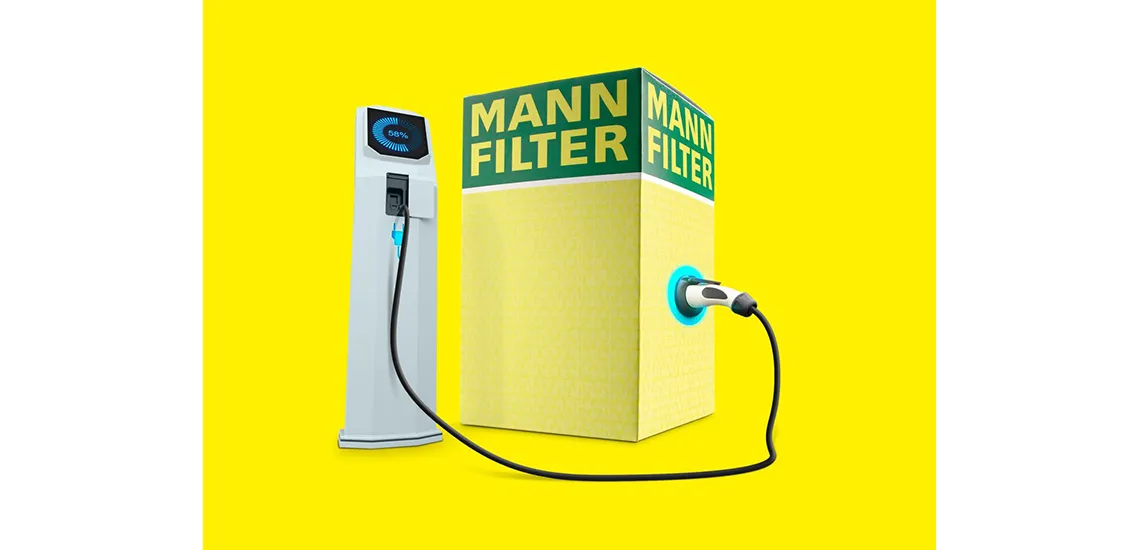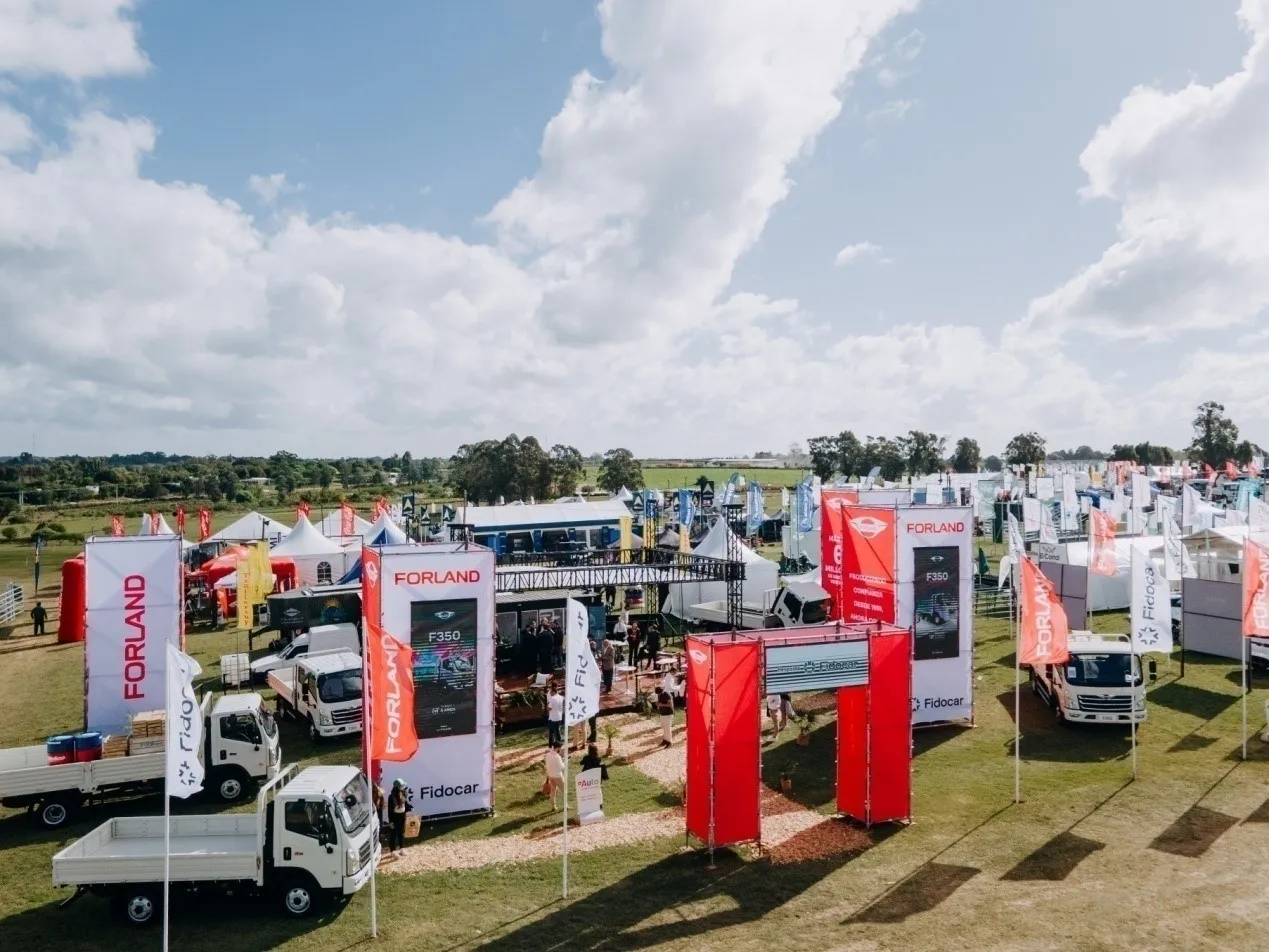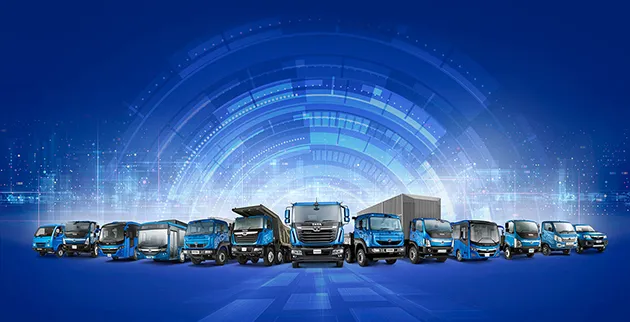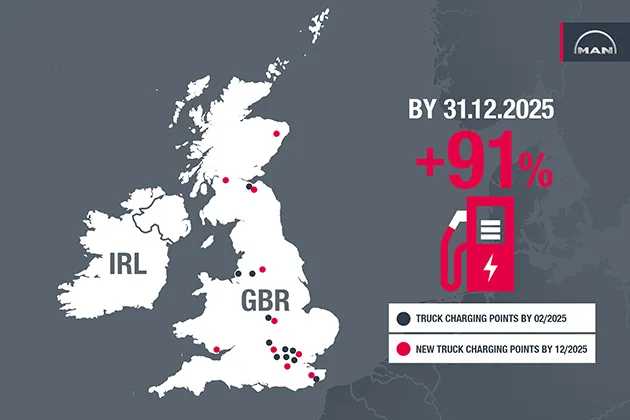MANN-FILTER explores various aspects of electromobility, explains the background, and presents filtration options used within electromobility.
MANN-FILTER Explores Various Aspects of Electromobility
Electromobility has an important role to play when it comes to cutting transportation-related emissions that are harmful to the environment and people’s health. In a multi-part series, MANN-FILTER explores various aspects of electromobility, explains the background, and presents filtration options used within electromobility. Part 1 covers the question “Why do we need electromobility?”, examining the term “electromobility” and the various ways electromobility can be applied.
Experts agree that global warming must be limited to 1.5°C, which will prevent the worst effects of climate change. This will be achieved by reducing CO2 emissions, among other things. Since almost a quarter of the CO2 negatively affecting the world’s climate comes from transportation, electromobility is considered to be a key component of a sustainable, environmentally-friendly transport system, provided that the electricity comes from renewable sources.
Useful basic knowledge
When it comes to e-mobility, most people think of electric vehicles: Hybrids (HEV), plug-in hybrids (PHEV), and battery electric vehicles (BEV) like cars, trucks, or buses. And then there are fuel cell electric vehicles (FCEV). Let’s shed some light on all of this:
What drive types are available for electric vehicles?
What all of these technologies have in common is that electric power is used to either assist the combustion engine, thus reducing fuel consumption and CO2 emissions, or to drive the vehicle with the electric motor. The necessary electricity is either generated by an on-board fuel cell or stored when the batteries are charged. No matter where it comes from, this power is converted by the vehicle’s power electronics system, allowing it to be used to drive the vehicle.
A) Hybrid vehicles
Hybrid vehicles combine a conventional combustion engine with an electric motor and normally generate the electricity needed to charge the battery themselves – while driving. There are several kinds of hybrid vehicles, such as mild, full, and plug-in hybrids. The main difference between these is their degree of electrification. With mild and full hybrid vehicles, the battery is only charged by regeneration (brake energy recovery). These vehicles do not have another energy source, nor can they be charged from an external source. Only plug-in hybrid vehicles are able to charge from an external source.
Mild hybrid (MHEV):
With mild hybrid vehicles, a small electric motor assists the combustion engine and provides additional power when accelerating. It is generally not possible to drive the vehicle using only electric power.
Full hybrid (FHEV):
With full hybrid vehicles, the combustion engine assists the electric motor to ensure maximum efficiency. Thanks to their larger high-voltage battery, these vehicles are able to cover short distances using only electric power. According to the German Environment Agency (UBA), full hybrid vehicles are able to achieve fuel savings of more than 20 percent compared with pure combustion engines.
Plug-in hybrid (PHEV):
A plug-in hybrid can be charged in three different ways. Via the combustion engine, by means of brake energy recovery (regeneration), or from an external power supply. Like full hybrids, plug-in hybrids also have a high-voltage battery, but larger and more powerful. This means that plug-in hybrids can cover greater distances, 40 to 80 kilometers, using only electric power.
B) Battery electric vehicles (BEV)
Battery electric vehicles are only powered by an electric motor that gets its energy from a battery. These vehicles do not need fossil fuels to run. The built-in battery is charged with electricity from the power grid and can also use the energy recovered from braking.
C) Fuel cell electric vehicles (FCEV)
Here, the vehicle’s power is generated directly by the chemical reaction between oxygen, which comes from the ambient air, and hydrogen, which is carried in the tank. This makes it so that the electric range is independent of the vehicle weight. Similar to combustion engine: The range also does not depend on the size of the engine. Compared to a battery, the advantage of the fuel cell is that it takes considerably less time to fill the tank with hydrogen than it does to charge the battery. Hydrogen is an excellent fuel for trucks in particular. The heavier the load and the longer the distance, the more likely fuel cells will be used.
Dr. Michael Harenbrock, Principal Expert E-Mobility at international filtration expert MANN+HUMMEL, explains: “Electric vehicles give off significantly fewer emissions than vehicles with traditional drive systems. However, it is important to clearly distinguish between two types of emissions: CO2, which is a greenhouse gas that massively accelerates global warming. And then NOx, particulate matter, etc., which are hazardous emissions that have an adverse effect on people’s health and life expectancy around the world. It is important to remember: Electric vehicles also emit particles, such as brake dust and tyre dust. This is one of the few disadvantages of electric cars. And that’s where we come in. Our focus is on cleaner mobility. To achieve this, our portfolio already includes particulate filters and brake dust filters, as well as new filter solutions for fuel cells, battery systems, e-axles, and hybrid transmissions. Our product range never stops growing.” Harenbrock adds: “We already offer a large number of these products in the automotive aftermarket under our premium filtration brand MANN-FILTER. In the future, electric vehicles will be used for most transportation purposes. That is a fact. However, it remains to be seen which type of vehicle will prove the best suited. Whether electric, hybrid, or hydrogen: We understand the challenges posed by current and future filtration requirements, and we apply our eight decades of development expertise to creating innovative filter elements. Our goal is always the same: Ensuring to offer our customers also in future: Perfect parts. Perfect service.








